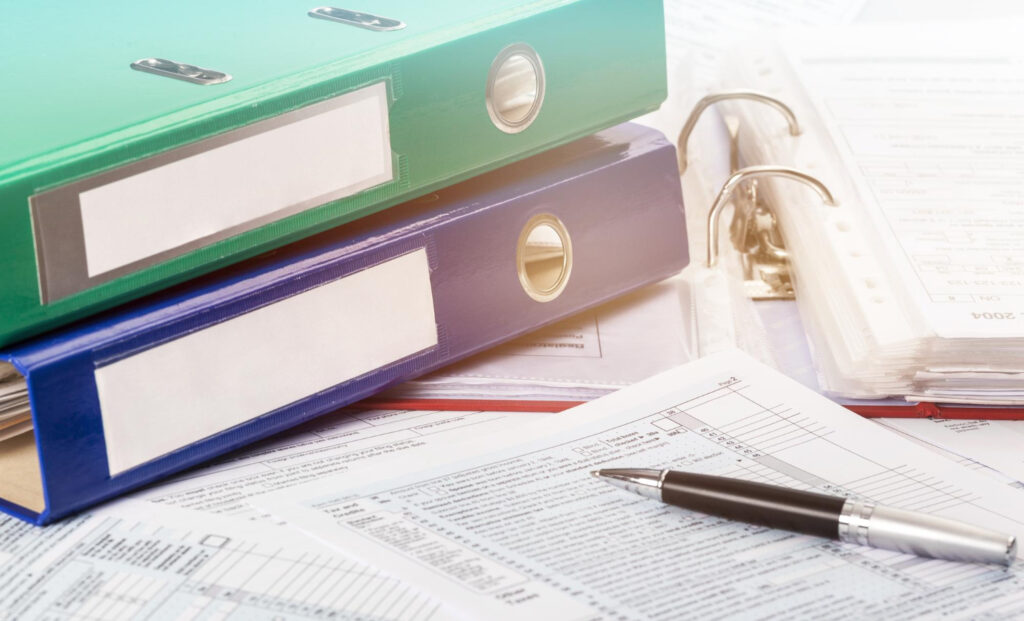Machine learning has revolutionized the way we process data. Document classification, in particular, is a powerful tool that enables us to quickly and accurately classify documents based on their content. From recognizing emails to sorting invoices, document classification techniques can be incredibly useful for automating tedious tasks. In this blog post, we’ll provide an overview of the different types of document classification techniques used in machine learning, as well as provide some tips on how to get started with developing your own model. Let’s dive in!
What is document classification?
Document classification is a technique used in machine learning to automatically assign labels to documents, based on their content. This can be used for tasks such as spam detection, sentiment analysis, topic assignment, and more. There are a variety of algorithms that can be used for this task, including Naive Bayes, Support Vector Machines, and Neural Networks.
The different types of document classification techniques
There are supervised and unsupervised techniques for document classification. Supervised methods require a labeled training dataset, while unsupervised methods do not.
Supervised techniques include support vector machines (SVMs), k-nearest neighbors (k-NN), and Naive Bayes classifiers. SVMs find the hyperplane that maximizes the margin between classes in order to classify documents. k-NN uses a similarity metric to classify documents based on their closeness to other training examples. Naive Bayes classifies documents based on the probability of each word belonging to a particular class.
Unsupervised techniques include clustering algorithms such as k-means and hierarchical clustering. These algorithms group documents together based on similarity.
Document classification is a task that is well suited to machine learning. There are many different techniques that can be used, both supervised and unsupervised. Supervised methods require a labeled training dataset, while unsupervised methods do not. Some popular supervised techniques include support vector machines (SVMs), k-nearest neighbors (k-NN), and Naive Bayes classifiers. SVMs find the hyperplane that maximizes the margin between classes in order to classify documents. k-NN uses a similarity metric to classify documents based on their closeness to other training examples. Naive Bayes classifies documents based on the probability of each word belonging to a particular class. Unsupervised techniques include clustering algorithms such as
The benefits of using machine learning for document classification
Document classification is a fundamental task in information management and machine learning. It is the process of automatically assigning labels to documents, based on their content. This can be used to organize documents, so that similar documents are grouped together. It can also be used to filter documents, so that only certain types of documents are displayed.
Machine learning algorithms can be used to perform document classification. These algorithms learn from training data, so that they can predict the labels for new documents. This can be done using supervised learning, where the training data includes labels for each document. Alternatively, unsupervised learning can be used, where the training data does not include labels.
There are many benefits to using machine learning for document classification. Machine learning algorithms can automatically learn complex patterns in data, which would be difficult or impossible for humans to do manually. They can also scale up easily to large datasets, and handle previously unseen data with ease.
How to choose the right machine learning algorithm for document classification
When it comes to document classification, there is no one-size-fits-all solution. The best machine learning algorithm for your specific problem will depend on a number of factors, including the nature of your data and the desired outcome of the classification.
In general, however, there are a few considerations that you should keep in mind when choosing a machine learning algorithm for document classification:
1. The size and complexity of your data: The more data you have, the more complex your algorithms can be. If you have a large and complex dataset, you will need to use a more sophisticated algorithm than if you have a smaller and simpler dataset.
2. The type of classification you want to perform: There are three main types of document classification: binary (two classes), multi-class (more than two classes), and hierarchical (a class hierarchy). Choose the type of classification that best suits your needs.
3. The level of accuracy you require: Depending on the application, you may need a very high level of accuracy or just a decent level of accuracy. Keep this in mind when choosing an algorithm, as some are more accurate than others.
4. Your computing resources: Some machine learning algorithms are very resource intensive and require powerful computers for training and inference. If you do not have access to such resources, then you will need to choose an algorithm that is less resource intensive.
Conclusion
In conclusion, document classification is a powerful tool for automated processing of textual data. There are many different techniques available to approach this problem and each technique can be tailored to the specific task at hand. Understanding these various methods will help you choose the best technique for your project or application. With today’s increasing amounts of textual data, document classification has become an indispensable part of machine learning tasks that require text analysis and categorization.






